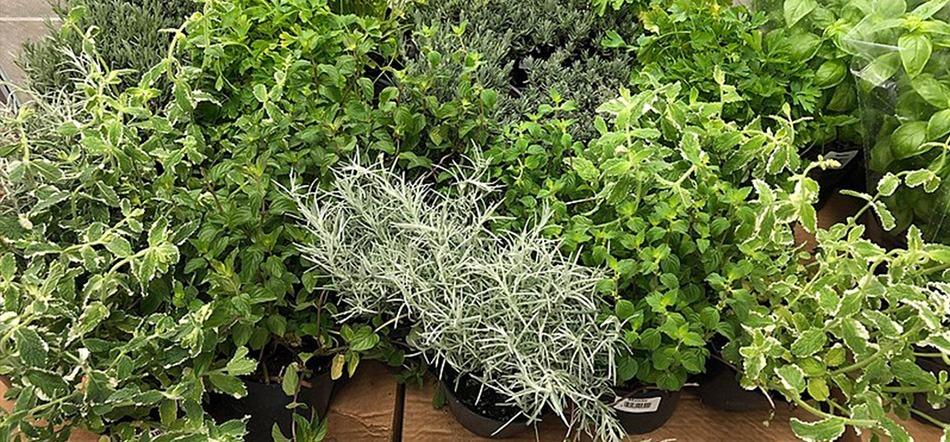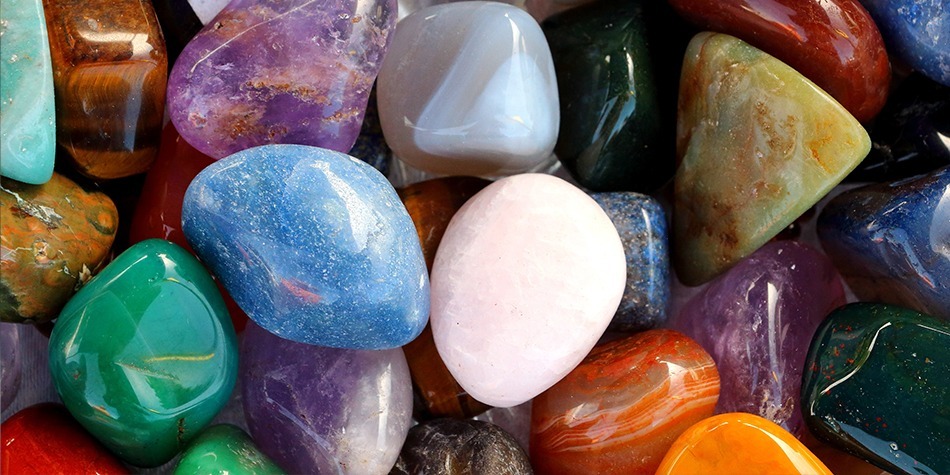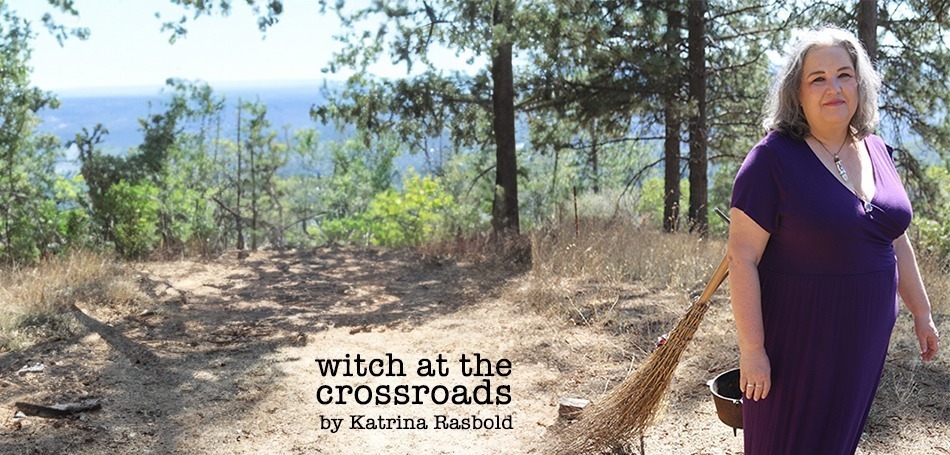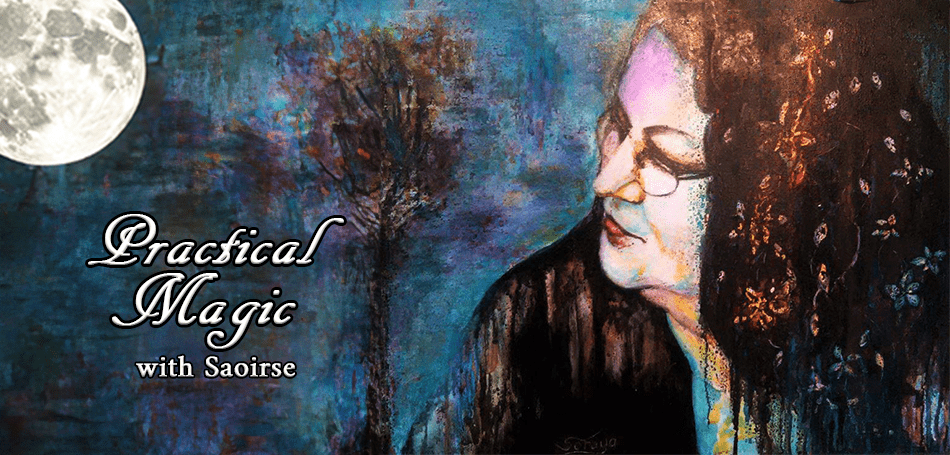
by Katrina Rasbold
Anise and star anises are two different herbs from two different plants, but they share the same scent profile because of anethole, an essential oil produced by both plants. The flavor is slightly different with star anise being more bitter. Continue reading Herbalism For Your Day: Anise, Star & Otherwise





